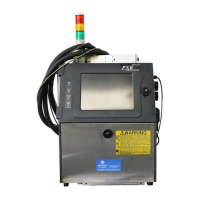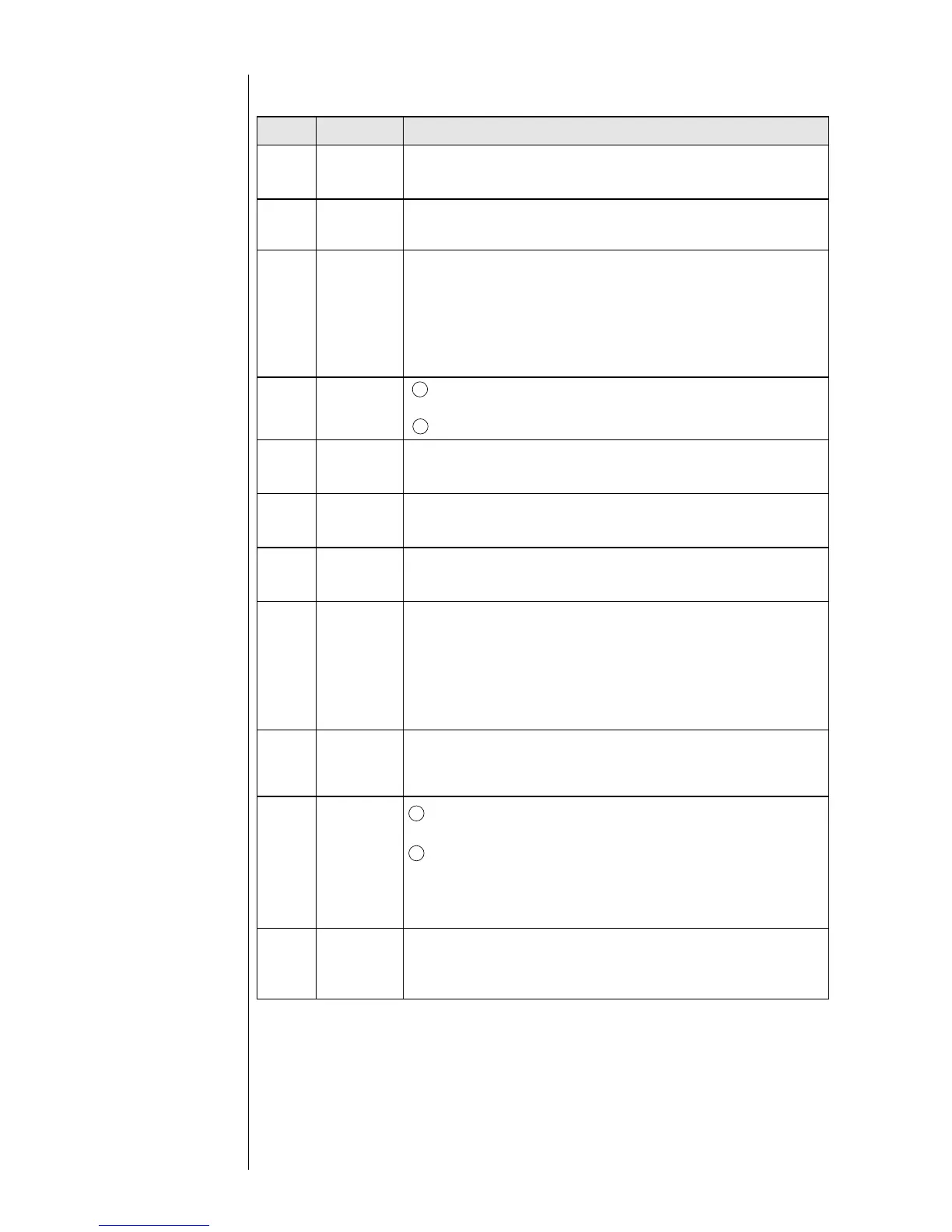● Transmission Sequences 6-33
Code that is transmitted immediately before text.
Code that is transmitted immediately after text.
This enquiry code is used when the external device checks whether
the IJ printer is ready for signal reception. This code must be
transmitted before data transmission to the IJ printer. When the IJ
printer is ready for reception, the "ACK" code is transmitted after ENQ
code reception. If the IJ printer is not ready for reception, the "NAK"
code is transmitted.
When the IJ printer is ready for reception, it transmits this code in
response to an "ENQ" code reception from the external device.
This code reports that text reception is normally completed.
When the 1-byte transmission mode prevails, this code is
positioned at the end of 2-byte code for transmission purposes.
When the 1-byte transmission mode prevails, this code is positioned
at the beginning of 2-byte code for transmission purposes.
This code is positioned at the beginning of printings for each
print item for
transmission purposes.
This code is transmitted if the printings need to be changed
before the printing of the contents transmitted to the IJ printer
while the overwrite-protected mode prevails. After receipt of this
code, the IJ printer transmits the ACK code and becomes ready
for reception.
However, if the IJ printer is off-line, the "NAK" code is transmitted.
The same as DC2.
However, when receiving DC3, the IJ printer terminates printing
forcibly.
The IJ printer transmits this code if it is not ready for reception
when it receives the "ENQ" code from the external device.
This code reports that text reception is not normally
completed (when, for instance, the received data is in
transmission error or an unregistered print data number is
received)
This code is positioned at the beginning of a header for
transmission purposes. The header is a code that recognizes
the transmission data type and is transmitted next to STX.
(02)H
STX
(start)
(03)H
ETX
(end)
(05)H
ENQ
(enquiry)
ACK
(06)H
(acknow-
ledgment)
(0E)H
SO
(shift out)
(0F)H
SI
(shift in)
(10)H
DLE
(start of item)
DC2
(12)H
(retrans-
mission)
DC3
(13)H
(retrans-
mission)
NAK
(negative
(15)H
acknow-
ledgment)
ESC
(1B)H
(start of
header)
ASCII Name Description
6.4.6-2 Transmission control
1
2
1
2

